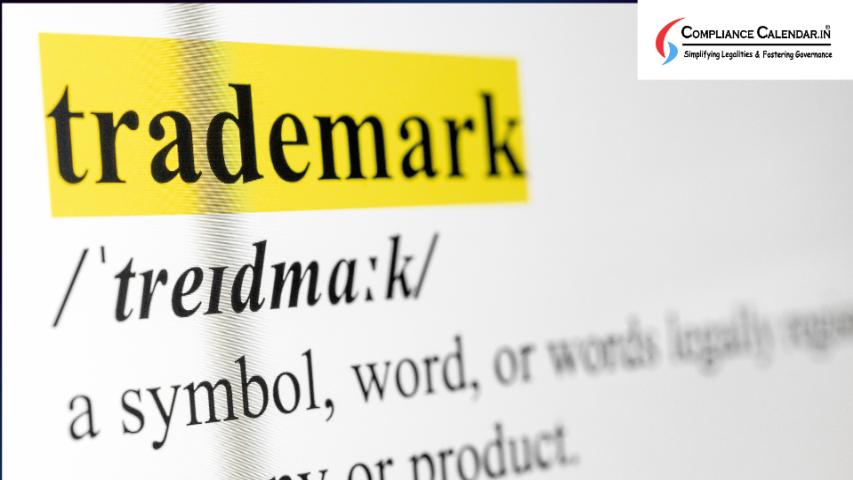In today’s competitive market,
establishing and protecting your business’s identity is critical. Trademark
registration, along with logo and brand registration, is essential for
safeguarding your intellectual property and ensuring your unique mark stands
out. This complete guide explores into the intricacies of each aspect,
providing you with a clear understanding of the registration process and its
benefits.
Understanding Trademarks: What They
Are and Why They Matter
A trademark is a sign capable of
distinguishing the goods or services of one enterprise from those of other
enterprises. It can be a word, logo, symbol, or a combination thereof.
Registering a trademark provides legal protection, preventing others from using
a mark similar to yours, which could confuse consumers or dilute your brand’s
identity.
The Trademark Registration Process
- Conduct a Trademark Search:
Before applying, perform a thorough search to ensure your proposed
trademark isn’t already in use. This step helps avoid legal conflicts and
increases the likelihood of your application being accepted.
- Prepare Your Application:
Gather necessary documents, including your business registration details,
a clear representation of the trademark, and a description of the goods or
services it will cover.
- File Your Application:
Submit your application to the relevant intellectual property office. In
India, this is the Controller General of Patents, Designs and Trademarks
(CGPDTM). The application will be examined for conflicts and compliance
with trademark laws.
- Examination and Publication:
After submission, your application undergoes a formal examination. If
accepted, it is published in the Trademark Journal, allowing others to
raise objections. If no objections are raised, your trademark is
registered.
- Receive Your Trademark Registration: Once
the trademark is registered, you receive a certificate of registration,
granting exclusive rights to use the mark in commerce.
Logo Registration: A Key Component
of Brand Protection
A logo serves as a visual
representation of your brand, making logo registration an important aspect of
protecting your intellectual property. It often forms a core part of your
trademark application but requires additional consideration.
- Design a Unique Logo: Your
logo should be distinctive and not resemble existing logos. It should also
be versatile enough to work across various mediums.
- Include the Logo in Your Trademark Application: When
filing for trademark registration, include a high-resolution image of your
logo. The application process will cover both the logo and any associated
text or symbols.
- Monitor and Enforce Your Rights:
After registration, actively monitor the market for any potential
infringements. Enforce your rights to ensure your logo remains exclusive
to your brand.
Brand Registration: Beyond
Trademarks
Brand registration extends beyond
the mere act of trademarking. It involves establishing and protecting your
entire brand identity, including trademarks, logos, and other elements such as
trade dress and slogans.
- Develop a Brand Strategy:
Identify all elements of your brand that require protection. This includes
your brand name, logo, tagline, and any distinctive packaging or product
design.
- Register Additional Brand Elements:
Beyond the primary trademark, consider registering other elements of your
brand. This might include design patents for packaging, domain names, and
social media handles.
- Utilize Legal Resources:
Consult with intellectual property attorneys to ensure all aspects of your
brand are legally protected. They can help with the registration process
and advise on strategies for maintaining and enforcing your brand rights.
The Benefits of Trademark, Logo,
and Brand Registration
- Legal Protection:
Registering your trademark, logo, and brand elements provides legal
protection against infringement. This allows you to take legal action if
others attempt to use your marks without permission.
- Brand Recognition: A
registered trademark enhances your brand’s credibility and makes it easier
for customers to identify your products or services. It adds a layer of
trust and professionalism to your business.
- Exclusive Rights:
Trademark registration grants you exclusive rights to use the registered
mark within the territory. This means you have sole control over how your
brand is represented in the market.
- Asset Value: Registered
trademarks, logos, and brand elements are valuable assets that can
increase the overall worth of your business. They can be sold, licensed,
or used as collateral for financing.
- Deterrence: A registered mark acts as a
deterrent to potential infringers. The presence of a registered trademark
signifies that the mark is legally protected, reducing the likelihood of
unauthorized use.
Maintaining and Renewing Your
Registration
Once your trademark, logo, and
brand are registered, ongoing maintenance is critical to retain protection.
This includes:
- Renewing Registrations:
Trademarks and logos require periodic renewal, typically every 10 years.
Ensure you keep track of renewal deadlines to avoid lapsing protection.
- Monitoring Usage:
Regularly monitor the market for potential infringements. Take appropriate
action to enforce your rights and prevent unauthorized use.
- Updating Records:
Notify the trademark office of any changes to your business details or
mark. Keeping records up-to-date ensures continued protection.
Conclusion
Trademark, brand and Logo registration are essential steps in building and protecting your business’s
identity. By the registration process, you safeguard your intellectual property
and enhance your brand’s market position. Investing in these protections not
only secures your legal rights but also adds significant value to your
business, paving the way for sustained growth and success.


















